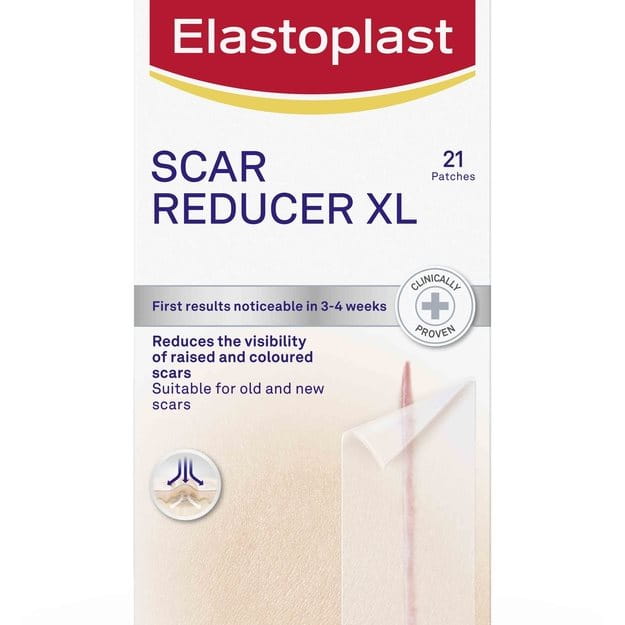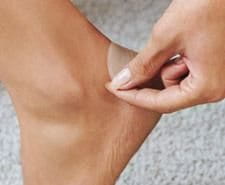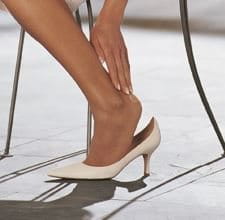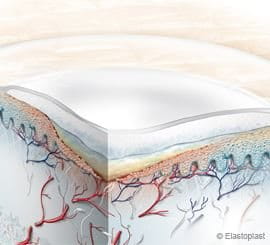What is a blister?
All you need to know about blisters
A blister is an area of raised skin with a watery liquid inside. Blisters form on hands and feet from rubbing and pressure. You can develop blisters on feet from wearing uncomfortable or ill-fitting shoes for just a few hours.

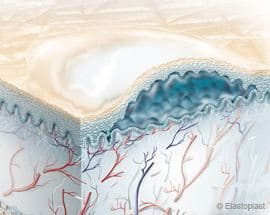
Continuous pressure or rubbing will eventually lead to the separation of the epidermis (the outer skin layer) from its lower skin layers, and a blister containing tissue fluid will form. This liquid is supposed to cushion the wound and protect it from further pressure. So actually, the blister is a clever self-protective measure of your body.
"An open blister
can easily
become infected."
